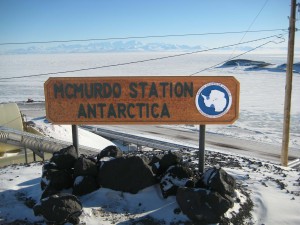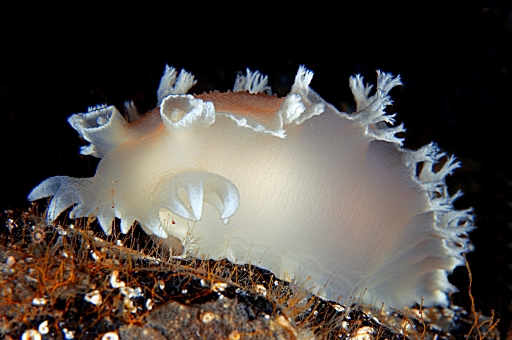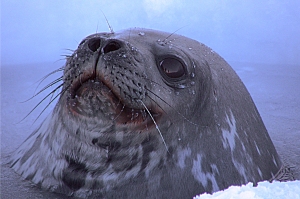It’s a black art, the making of scuba regulators for use in polar extremes; or so it seems. Many have tried, and many have failed.
Once you find a good cold water regulator, you may find they are finicky, as the U.S. Navy recently discovered. In 2013 the Navy invested almost two hundred hours testing scuba regulators in frigid salt and fresh water. What has been learned is in some ways surprising.

The Navy has been issuing reports on cold water regulator trials since 1987. In 1995 the Navy toughened its testing procedures to meet more stringent diving requirements. Reports from that era are found at the following links (Sherwood, Poseidon). (Here is a link to one of their most recent publicly accessible reports.)
The Smithsonian Institution and the Navy sent this scientist to the Arctic to help teach cold water diving, and to the Antarctic to monitor National Science Foundation and Smithsonian Institution funded trials of regulators for use in the under-ice environment. What those studies have revealed have been disturbing: many regulator models that claim cold water tolerance fail in the extreme environment of polar diving.
The Navy Experimental Diving Unit (NEDU) has developed testing procedures that are more rigorous than the EN 250 tests currently used by European nations. (A comparison between US Navy and EN 250 testing is found on this blog). All cold water regulators approved for U.S. military use must meet these stringent NEDU requirements.
Nevertheless, we learned this year, quite tragically, that the Navy does not know all there is to know about diving scuba in cold water.
For example, what is the definition of cold water? For years the U.S. and Canadian Navies have declared that scuba regulators are not likely to freeze in water temperatures of 38° F and above (about 3° C). (The 1987 Morson report identified cold water as 37° F [2.8° C] and below). In salt water that seems in fact to be true; in 38° F scuba regulators are very unlikely to fail. However, in fresh water 38° F may pose a risk of ice accumulation in the regulator second stage, with resultant free-flow. (Free-flow is a condition where the gas issuing from the regulator does not stop during the diver’s exhalation. Unbridled free flow can quickly deplete a diver’s gas supply.)
While a freshly manufactured or freshly maintained regulator may be insensitive to 38° F fresh water, a regulator that is worn or improperly maintained may be susceptible to internal ice formation and free-flow at that same water temperature. There is, in other words, some uncertainty about whether a dive under those conditions will be successful.
That uncertainty can be expressed by a regulator working well for nine under-ice dives, and then failing on the tenth. (That has happened more than once in Antarctica.)
That uncertainly also explains the U.S. Antarctic Program’s policy of requiring fully redundant first and second stage regulators, and a sliding isolator valve that a diver can use to secure his gas flow should one of the regulators free flow. There is always a chance that a regulator can free flow in cold water.
A key finding of the Navy’s recent testing is the importance of recent and proper factory-certified maintenance. Arguably, not all maintenance is created equal, and those regulators receiving suspect maintenance should be suspected of providing unknown performance when challenged with cold water.
This finding points out a weakness of current regulator testing regimes in the U.S. and elsewhere. Typically, only new regulators are tested for tolerance to cold water. I know of no laboratory that routinely tests heavily used regulators.
Considering the inherent risk of diving in an overhead environment, where access to the surface could be potentially blocked by a 1400 lb (635 kg), 11 foot (3.4 m) long mammal that can hold its breath far longer than divers can, perhaps it is time to consider a change to that policy.
















